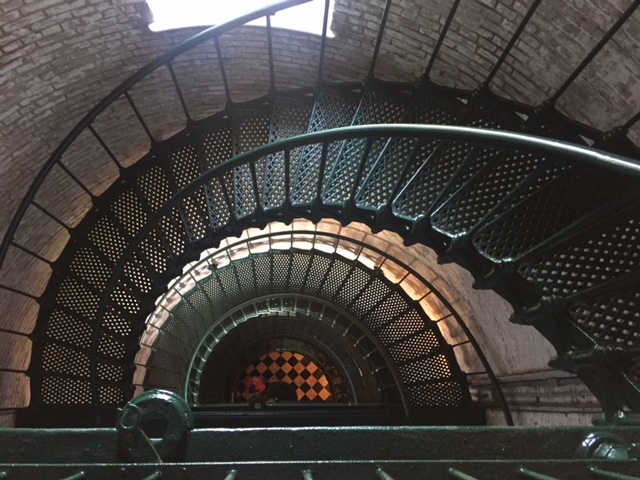
In Snyder’s model, motivation and determination through agency thoughts (willpower) are derived from within. In regard to the LGBTQ+ youth in 2010, it is clear that these adolescents experience daily rejection and abandonment. Seeing life as a flow and dynamic rather than static is a deep impression that requires life experience and comes later in life. When under ongoing social negative conditions youth could perceive the situation as static and apparently predictable. What if those kids do not have the psychological resources or the personal independence to handle things themselves that they will have when they are older? What if they believe that this reality is not about to change in the future due to lack of life experience?
“A bullied gay teenager who ends his life is saying that he can’t picture a future with enough joy in it to compensate for the pain he’s in now. Justin and Billy — and, as that terrible September ground on, Seth and Asher and Tyler and Raymond and Cody — couldn’t see how their own lives might get better. “ (Savage & Miller, 2011)
Snyder’s concept provides only a narrow view of the concept and would not address situations when goals are perceived impossible to achieve and agency thoughts were scarcely developed under ongoing social negative conditions or when suicidal thoughts are apparent. In the next section, I will mention Weingarten’s views about blocked pathways.
Examining Weingarten’s Approach to Hope
Kaethe Weingarten, an essayist who writes about hope. As a three times cancer survivor, she draws her ideas from a personal experience. She describes her desperate need for hope while ill, as coming from an outer source. In her case, she discusses her own personal experience where her husband provided hope for her.
Weingarten critiques Snyder’s perspective (2007). She believes that hope and despair are unevenly distributed in our lives. When people, groups, nations lack hope, others are witnesses. Weingarten talks about the action of ‘doing hope’. In these cases, others may have to help us ‘do hope’. “People who are discouraged can rarely summon the energy or creativity to see their goals clearly or imagine routes to them.” (Weingarten, 2007). Situations perceived as hopeless engender confusion about the goals themselves. Moreover, despair is a conviction that nothing of what one wants is within reach. Weingarten’s main contribution is in looking at hopelessness in the context of blocked pathways to goals.
“Without gay role models to mentor and support them, without the examples our lives represent, they couldn’t see how they might get from bullied gay teenager to safe and happy gay adult.” (Savage & Miller, 2011)



